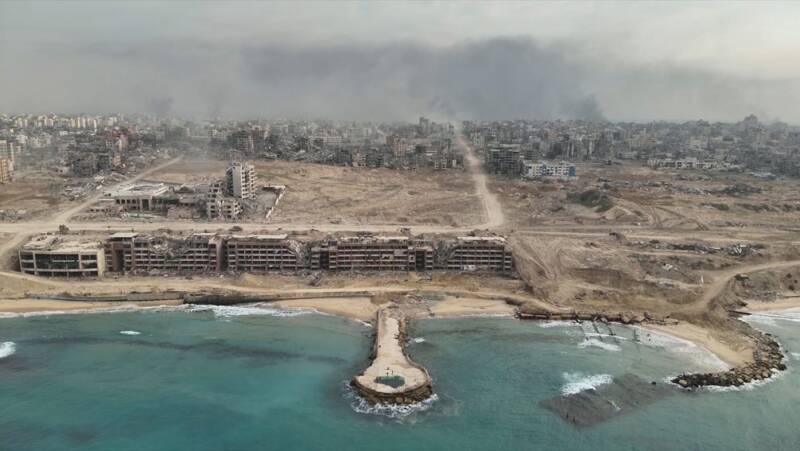Introduction
In 2023, the elusive street artist Banksy unveiled a powerful mural in South London. Painted over a traffic sign, the artwork featured three military drones, sending a clear anti-war message: Stop the war. While many marvelled at Banksy’s signature style, something else caught my attention: the focus on drones, a subject that has quietly embedded itself into modern life but rarely gets the spotlight it deserves.
We often think of drones as high-tech tools of warfare—used to carry out precision attacks or gather intelligence on battlefields far away. But in recent years, drones have started appearing not just in war zones, but in our own backyards. The question is: What does this shift mean for everyday citizens?

From War Zones to Your Neighbourhood
The use of drones in warfare has sparked various debates for over two decades. Some argue they make military operations more surgical, reducing collateral damage and unnecessary loss of life. Others challenge this idea, pointing out that drone strikes are rarely as precise as presented. There are also serious legal and ethical questions. Most drone attacks happen outside sovereign borders, often without due process. In essence, these are extrajudicial killings.
Yet, as controversial as drones are on the battlefield, their presence is growing in civilian spaces. In democratic societies, drones are increasingly being used to supplement under-resourced police forces. What does this new reality look like?
Countries like Israel have long been at the forefront of drone technology, using them to patrol densely populated areas like Gaza. These drones can linger in the air for hours, gathering intelligence and even executing attacks. In Gaza, where drones have been part of life for years, their constant presence participates in aerial occupation. The buzzing sound of drones becomes a daily reminder of surveillance and threat, leading to anxiety and psychological stress.
The Ethics of Algorithmic Warfare
The story gets darker when you consider the role of algorithms in drone warfare. In Gaza, Israel uses programs like Gospel and Lavender, which analyse massive amounts of data—heat signatures, signals from telecom networks, and more—to predict and select targets for drone strikes. These algorithms generate a list of individuals deemed threats, but how reliable are these systems?
There’s no clear way to verify whether the data-driven decisions made by these algorithms are accurate. A chilling example from Pakistan saw Al Jazeera’s journalist Ahmad Zaidan wrongly labelled as a terrorist by the US because he communicated with Al-Qaeda members for professional reasons. This raises uncomfortable questions about how much we trust machines to make life-or-death decisions.
In Gaza, the use of drones isn’t just about killing targets. It’s about controlling the narrative. Drones not only monitor but also intimidate, their constant presence acting as psychological warfare. This technological dominance in war is slowly making its way into the policing of civilian life.
Bringing War Home: Drones in Civilian Spaces
What’s happening in Gaza today is not removed from what is happening in the West, and across the world at this very moment. It is indeed a radical representation of how martial logics of remote and (semi)automated warfare kill people and cause grievous physical and psychological harm. Drones, originally designed for warfare, are increasingly being used in civilian life. Police departments in the U.S. and Europe are employing drones for crowd control, surveillance, and even protest monitoring.
In fact, during the 2020 Black Lives Matter protests, Predator drones—yes, the same type used in Afghanistan and Pakistan—were deployed to monitor crowds in the U.S. The London police used drones to survey environmental protests and even to enforce COVID-19 lockdown measures. In France, drones monitored May Day rallies in 2023 to track crowd movements and predict potential violence.
This growing reliance on drones for civilian policing raises troubling ethical questions. Drones can gather vast amounts of data, often without the public knowing. They make decisions about who should be visible and who should be watched, putting civil liberties like privacy, free speech, and the right to protest at risk. Moreover, drones and other martial technologies do not see us as humans with our complex racial, gender, political, religious and national identities. We are data sets to them, split into categories of ‘risk’ and ‘not risk,’ or ‘killable,’ ‘not killable.’
The Future of Drone Surveillance
The proliferation of drones—whether for military, humanitarian, or security purposes—cannot be seen in black-and-white terms. They are not inherently good or bad. But what is clear is that drones are changing the relationship between humans and political power. The technologies developed for war are slowly finding their way into our streets and public spaces, often without a full understanding of their consequences.
As drones take on an increasingly central role in civilian life, we must stay vigilant. Surveillance technology is more than just a tool—it shapes the way power is exercised. And as we’ve learned from the war zones where drones have been deployed, their presence comes with a cost: the erosion of personal freedoms and the constant shadow of being watched.
